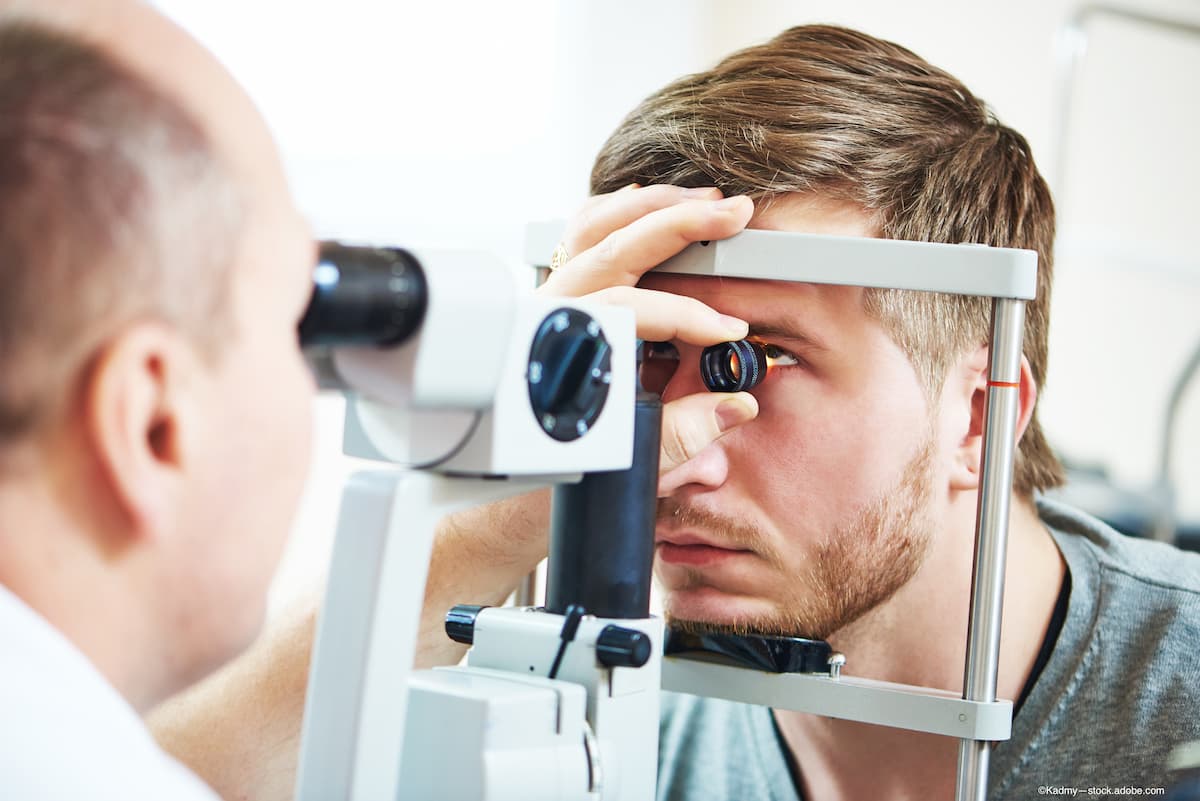Rising incidence of syphilitic uveitis causes concern in the US
Between 2010 and 2019, this study retrospectively examined and identified all patients diagnosed with syphilitic uveitis who were admitted to inpatient facilities in the United States.
Image credit: Adobe Stock / Kadmy

The incidence of syphilis is on the rise in the US. A new study1 advises clinicians to have a high index of suspicion for syphilis when evaluating patients with intraocular inflammation, according to Tahreem A. Mir, MD, lead study author from the Department of Ophthalmology, Vanderbilt University Medical Center, Nashville.
The number of syphilis cases has continued to rise in the US every year since 2001, with a 74% increase observed since 2017, she reported. Concurrently, there is a national shortage of injectable penicillin G.
The investigators conducted this study because no recent nationwide study has investigated the trends in incidence of syphilitic uveitis.
This retrospective, cross-sectional study identified all inpatient diagnosed with syphilitic uveitis in the US between 2010 and 2019 in the Nationwide Inpatient Sample.
The main outcome measure was the determination of the trends in the national and regional incidence of syphilitic uveitis-related hospitalizations in the US. The secondary outcome measures were the sociodemographic characteristics of patients with syphilitic uveitis, incidence stratified by sex and race and ethnicity, and median charge per syphilitic uveitis hospital admission.
Inpatient data from 444,674 patients (median age, 53 years; 54.8% male) were analyzed. An estimated 5,581 syphilitic uveitis-related hospitalizations occurring during the 10-year study period. The median age of patients with syphilitic uveitis was 45 years, and 4,395 patients (78.9%) were male.
African-Americans were disproportionately affected by syphilitic uveitis (32%), despite their comprising 13.6% of the population, as were individuals in the lowest median household income quartile (38.8%).
The investigators reported that the national incidence of syphilitic uveitis was 0.15/100,000 population, which was seen to increase over the years. The lowest incidence was seen in 2011, ie, 0.08/100,000 population) and the highest in 2019 (0.23/100,000 population; P = 0.04). Analysis of regional data showed increased incidence rates in all 4 US geographic regions. A total of 1,293 patients (23.2%) had comorbid AIDS.
Mir and colleagues concluded, “Although this cross-sectional study only captured inpatient diagnosis, an increasing incidence of syphilitic uveitis–related hospitalizations was observed in the US between 2010 and 2019. Given the concomitant national shortage of injectable penicillin G, results suggest that clinicians should maintain a high index of suspicion for syphilis when evaluating patients with intraocular inflammation.”
Reference
Mir TA, Kim SJ, Fang W, et al. Rising incidence of syphilitic uveitis–related hospitalizations in the US. JAMA Ophthalmol. Published online November 22, 2023; doi:10.1001/jamaophthalmol.2023.5386
Newsletter
Want more insights like this? Subscribe to Optometry Times and get clinical pearls and practice tips delivered straight to your inbox.